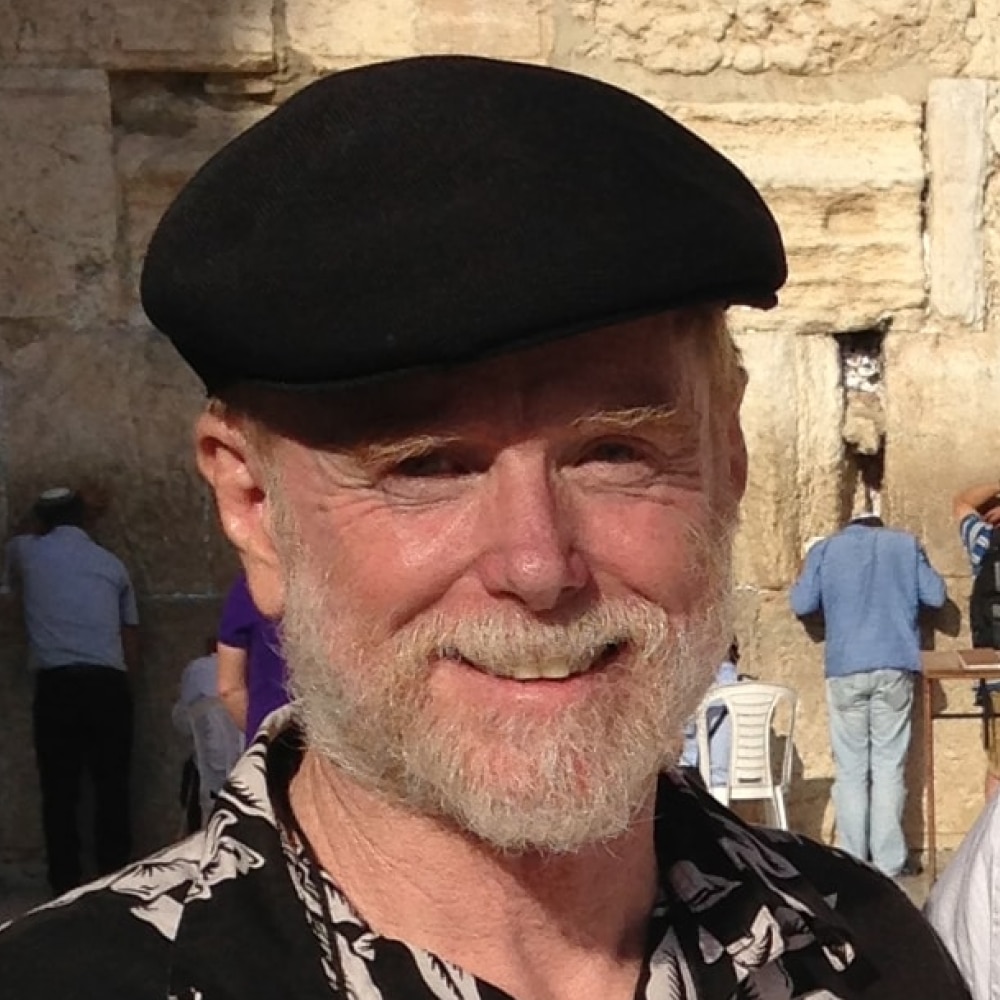The ancient rabbis were of two minds when they considered the destruction of the Holy Temple, that occurred on this date (the 9th of Av) 1,945 years ago, in 70 CE. The grief, mourning and loss were sharp and deep. The loss was far more than the Temple; that destruction was the nadir of a catastrophic revolt that had gone on for four years. The Temple was the center and symbol of Jewish life, and it was obliterated. Mourning practices were set in place, some which survive until today. There were those who wanted the then forming rabbinic Judaism to be centered around the mourning of the Temple, somewhat similar to people who organize their personalities around a devastating loss.
Others resisted turning Judaism into a religion of perpetual mourning. The destruction of the Temple set into place the creation of spiritual edifices to replace the Temple– the canonization of the Bible, the increased formalization of prayer, the setting of the calendar, and perhaps most notably the development of rabbinic texts. The Mishnah, the Talmud and Midrash became the ground on which Jewish life grew. Three great centers of Jewish life became foundational: the synagogue, the study hall, and the family home. Far from being trapped in endless mourning, with its focus on the catastrophic past, a spirit of resilience and renewal abounded.
It was as if with the destruction of the Temple, spiritual forces in Judaism were released. The so-called Yavneh generation, the generation of scholars that lived between the Great Revolt (66-70 CE) and the Bar Kochba Revolt (132-135 CE) was a time of unparalleled innovation and consolidation. We take it for granted today, this rising up out of the ashes and forming what amounted a new and dominant form of Jewish religious life – Rabbinic Judaism. We can be certain that every one of these rabbis lost family members and dear friends. That for many of them their homes and all their belongings were destroyed. Their world had been swept away in a storm of violence and carnage. The thought of those who focused on the wreckage were expressed by what Rabbi Elazar said: “When the Temple came down, a wall of iron was ordered (nifs’kah) between Israel and their Father in Heaven.” (Talmud Berachot 32b) They felt bereft.
It should be noted however, that the word here, nifsak, can mean “ordered by a judge”, as in a p’sak din, an order of the court, but it can also have another meaning. The same word can also mean “to cease”. Some say that Rabbi Elazar meant that when the Temple came down, an iron wall that stood between God and Israel ceased. A generation of great leaders picked through that wreckage and set the foundations for a new path to the divine. A path to God was torn down, and a new path opened up. This new path did not mean that the grief was not real and debilitating. Finding this new path amidst the ruins required an inner resolve and a faith in themselves and in the Divine that very few of us ever have to achieve.
The two minds of the rabbis concerning the 9th of Av is demonstrated, I believe, in the ruling that when the 9th of Av falls on the Sabbath, as it does this year; we do not fast on the Sabbath, but postpone the fast until the next day. Now, when Yom Kippur falls on the Sabbath, we fast anyway. Not the 9th of Av. The Sabbath day, a day of unique communion with God and with each other, a day of rest and delight, of pleasure, love and amity, held its place.
I am, too, ambivalent about the 9th of Av, and about the Western Wall itself. On one hand, I understand the sacred place of the wall in Jewish life and memory. If I were a paratrooper on June 7, 1967 I too would have felt the weight of the history on me during the furious fight to the Western Wall. (For an unmatched in English description of that battle, see Steven Pressfield’s The Lion’s Gate: On the Front Lines of the Six Day War). The Holy Temple, in Jewish myth and memory, is truly “the navel of the universe.” I feel close to my people and my people’s history at the Wall, but not closer to God.
I have never put a note into the crevices of the Wall. I have never offered a special prayer there that I have not offered at home, or at my synagogue (which is where I feel closest to the Divine). To paraphrase a Hasidic tale, God is not different at the Wall, but we are. But I am most consistently different davening with my community. Each of our synagogues (make sure you have one!) is ideally a “mikdash m’at” – a miniature Holy Temple, small in size, but great in transformative power. We are people with a memory. Our martyrs are not forgotten, and our people’s suffering is honored and hallowed. We are more than memory, though. We are far more than heritage. We don’t only look toward the past. We also look within, within toward the truths of our souls, in toward the presence of the Divine. We look ahead, devoting the work that we to the generations that will succeed us. The 9th of Av is the low point on the Hebrew calendar. But it leads straight to Rosh HaShanah, Yom Kippur, Sukkot and finally Simchat Torah – a day of rejoicing in the teachings and wisdom of our tradition.























 More news and opinions than at a Shabbat dinner, right in your inbox.
More news and opinions than at a Shabbat dinner, right in your inbox.